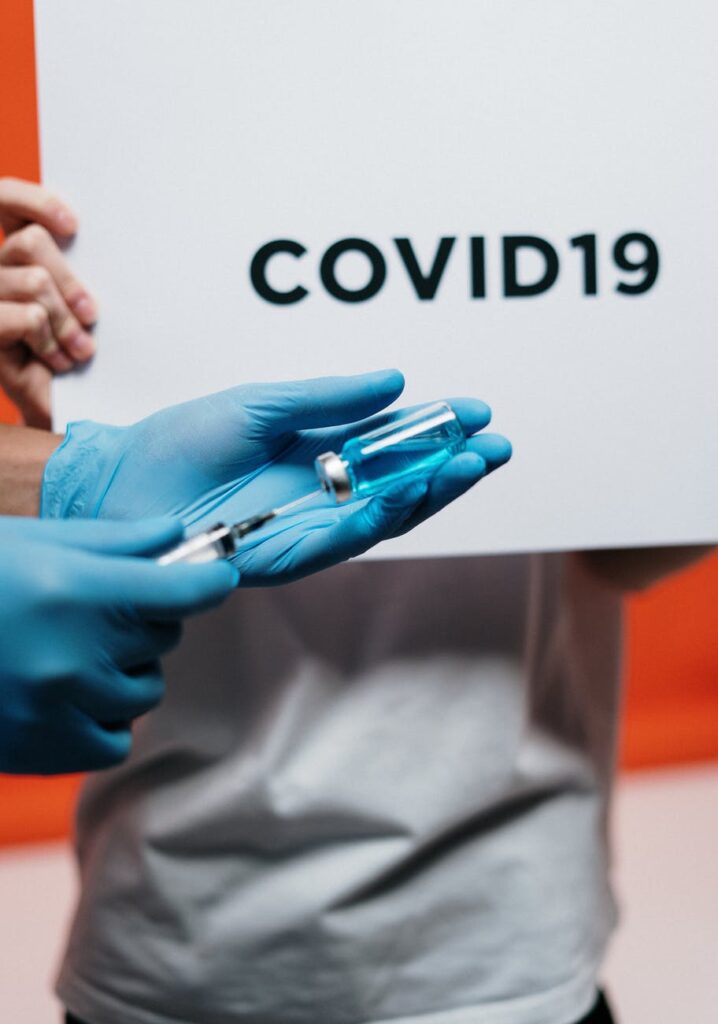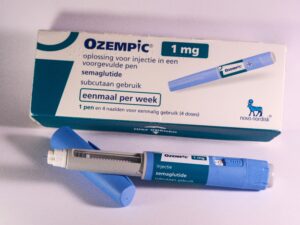There are now vaccines from Pfizer and Moderna that have concluded clinical trials and have passed safety and effectiveness criteria. Astra-Zeneca had previously announced that it had concluded clinical trials, however, the discrepancy in efficacy between a half and a full dose have prompted the company to conduct more trials. Pfizer claims 95 percent efficacy, and the Moderna vaccine has a stated 94.5 percent effectiveness. It should be noted that the Astra-Zeneca vaccine is only 62 percent effective when two full doses are given, but when a half-dose is followed by a full dose, the vaccine is 90 percent effective, resulting in a combined 70 percent efficacy. The Pfizer and Moderna vaccines utilize messenger RNA to instruct human cells to construct the SARS CoV-2 spike protein in order to trigger the immune system to generate pathogen-fighting proteins. The Astra-Zeneca vaccine employs a viral vector, which means that the vaccine uses a weakened adenovirus to carry the genetic material of the SARS-CoV-2 virus spike.
Staff members of the Department of Health and Human Services (HHS) provided updated information on the COVID-19 vaccine distribution at a briefing held Tuesday, November 24th, 2020.
Notably, HHS Secretary Alex Azar said he’s ready to cooperate and assist President-Elect Biden’s transition team with plans to distribute the vaccine, following a decision by the General Services Administration to start the transfer of power.
“I reiterated my firm commitment that the transition planning and execution will be professional, cooperative and collaborative in the best spirit of looking out for the health and wellbeing of the American people,” said Azar.
The Operation Warp Speed team, which is responsible for supporting development, manufacturing, and distribution of COVID-19 vaccines, gave the following details during the briefing:
A panel of independent experts brought together by the FDA will analyze studies from each vaccine to ascertain if they are safe and effective enough to administer to the public.
The first vaccine to be reviewed will be BNT16 developed by Pfizer and German biotech company BioNTech, which submitted a request for an EAU (Emergency Use Authorization) on November 20, 2020. The FDA group will meet to evaluate the vaccine on December 10.
Azar said, “We believe we can distribute vaccines to all 64 jurisdictions within 24 hours of FDA authorization. Then we hope administration could begin as soon as the product arrives. One of the private sector partners we’ve enlisted, CVS Health, has said that they expect to be vaccinating residents of nursing homes, one of the top priority groups, within 48 hours after FDA authorization.”
Gen. Gus Perna, CEO of Operation Warp Speed, said that he informed state health departments on November 20 that 6.4 million doses of vaccine will be ready for distribution as soon as the FDA issues the first EUA. “What will happen if more becomes available after the initial push is, we will go out following a weekly cadence to distribute [doses] accordingly, with 40 million [doses] by the end of the year.”
Pfizer’s and BioNTech’s vaccine needs to be kept at -94 degrees fahrenheIt to -112 degrees fahrenheit. Here in the United States, Pfizer has designed special temperature-controlled containers to ship vials of the vaccine. The vaccine can remain in those containers for 15 to 20 days, when augmented by dry ice. Once removed from the special container, the vials can be refrigerated for up to 5 days.
Pfizer has carried out “beta tests” of shipping its vaccine to 10 sites. Perna stated that these trial runs would be conducted with all 64 public health jurisdictions receiving vaccines from the CDC, most of which are state health departments, to ensure those administering the vaccine are properly trained.
General Perna stated, “I’ve personally gone through the process, put my hand in the box, pulled out trays, and timed myself in the execution, and it’s a very, very doable process. The Pfizer containers will include 975 doses…We feel confident that if states plan dosages in the right locations, with the drumbeat and cadence of [regular manufacturing], administration of the vaccine to a minimum amount of 975 doses is very doable within 20 days.”
Once the first batch of vaccines are shipped, the next batch will be dispatched within 21 days for the Pfizer vaccine and 28 days for the Moderna vaccine, so people who received their first dose will be able to get their second shot. Once the manufacturing reaches a regular cadence, shipments will be distributed weekly. States will be able to order vaccines through a 24/7 system, and the doses will be shipped the following day.
Oklahoma’s COVID-19 vaccine distribution plan is to be implemented in four phases. Here are the four phases listed in the OSDH directive:
Phase 1
Nursing homes, assisted living, and long-term care facility staff
Public health staff conducting frontline COVID-19 pandemic mitigation and control activities Health care workers providing direct inpatient COVID care, and nursing home, assisted living, and long-term care facility residents
Phase 2
First responders, paid and unpaid
Adults age 65 and older (Those with comorbidities will have first priority)
Health care workers who are providing care primarily for adults 65 and older, providing care involving the direct treatment in outpatient settings, or providing care in other high-risk outpatient settings
Staff and residents in congregate locations and worksites (including but not limited to homeless shelters, group homes, prisons/jails, and manufacturing facilities with limited social distancing capacity)
Public health staff supporting frontline efforts and state and tribal government leaders
Phase 3
Teachers, students, residents and administrative staff in educational settings
Critical infrastructure personnel (“essential business/industry” personnel) as specified in the
Governor’s 3rd Executive Order
Phase 4
All remaining Oklahoma residents
To view the OSDH COVID-19 vaccination document, go to coronavirus.health.ok.gov
Even more vaccines will be approved and manufacturing will be ramped up; it will probably be next spring or summer before most Americans will be eligible to receive the vaccine. Until enough people are vaccinated to hopefully achieve herd immunity, we should remain vigilant.
“We are bridging to when we have vaccines first for the most vulnerable like health care workers, first responders and eventually the broad American population. [Until then] wash your hands, watch your distance and wear face coverings when you can’t watch your distance, and stay out of settings where you can’t do those things,” said Azar.











